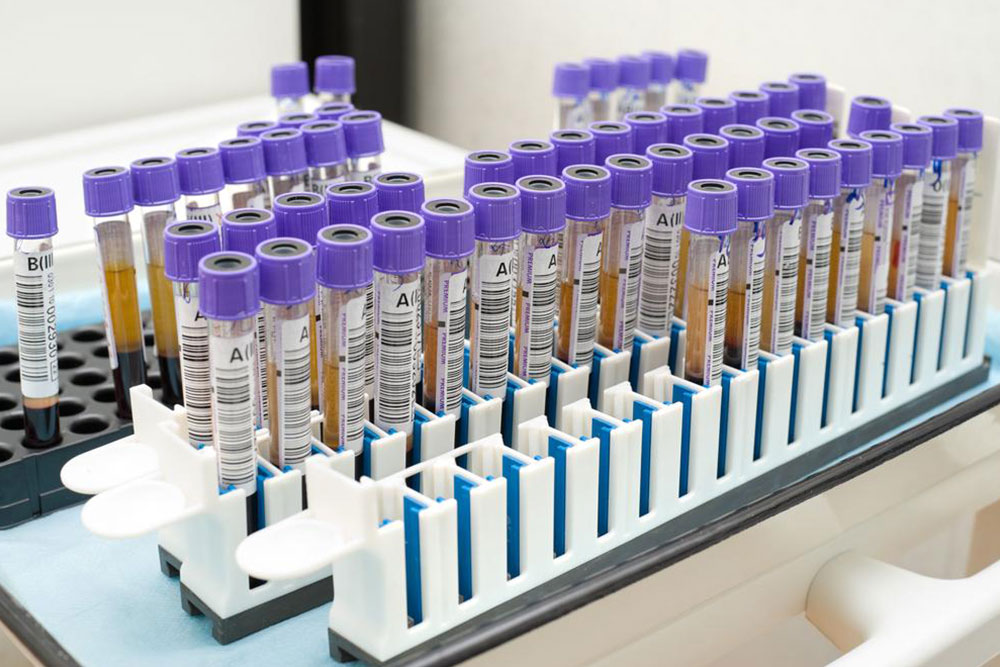Understanding PSA Levels and Their Significance
This article provides an in-depth overview of PSA levels, their significance, factors influencing readings, and limitations of testing. Understanding PSA can aid in early prostate health detection and guide appropriate medical actions, including biopsies, especially considering age, race, and health history. It highlights the importance of interpreting results carefully to avoid unnecessary procedures while recognizing the test's limitations in diagnosing prostate cancer accurately.

Understanding PSA Levels and Their Significance
Introduction to PSA and Its Testing
Prostate-specific antigen (PSA) is a protein produced exclusively by the prostate gland, measurable through a simple blood test. This test is a useful tool for early detection of prostate issues, including cancer. However, elevated PSA levels do not necessarily indicate malignancy, as various benign conditions can also raise PSA levels. If PSA readings are high, additional diagnostics like a biopsy may be recommended, which can be uncomfortable and may cause blood in urine, semen, or stool.
Learn more about why PSA levels rise, normal ranges, and related information below.
Factors Causing Elevated PSA Levels
Increased PSA may result from the prostate’s cellular breakdown, causing PSA to leak into the bloodstream. The exact cause remains unclear.
Various prostate conditions, including cancer and non-cancerous issues, can lead to higher PSA levels.
Since PSA is related to prostate tissue health overall, elevated levels might indicate any prostate disorder, not just cancer.
Physical activities, such as vigorous exercise or cycling, may also temporarily raise PSA levels.
Age and PSA Levels
The link between age and PSA has been well studied.
PSA levels tend to increase as men get older.
Currently, a PSA cutoff of 4.0 ng/mL is used across age groups to determine if further testing is needed.
Utilizing age-specific reference ranges can improve test accuracy and reduce unnecessary biopsies.
However, the relationship between age and PSA is complex, and age-adjusted ranges may not always be conclusive.
Racial Differences in PSA Reference Ranges
Research indicates that Black men generally tend to have higher PSA levels than white men, regardless of age.
How the PSA Test is Conducted
The test measures the amount of PSA in the bloodstream, which normally leaks out of the prostate into semen.
A small amount of PSA circulates in the blood, expressed in nanograms per milliliter (ng/mL).
Checking the normal PSA levels according to age can help interpret results.
If PSA is elevated or rising, a biopsy may be recommended to further investigate.
Additional factors such as family history, prostate size, benign prostatic hyperplasia (BPH), urinary symptoms, digital rectal exams, ethnicity, and medication history are also considered before recommending biopsy.
PSA Velocity and Doubling Time
The increase rate of PSA over time helps assess the risk and aggressiveness of prostate cancer.
PSA velocity refers to how quickly PSA levels rise over a given period.
PSA doubling time is the period it takes for PSA to double, indicating tumor growth speed.
Limitations of PSA Testing
Higher PSA levels can suggest prostate cancer, but low levels do not rule it out.
Studies show that some men with very low PSA still have prostate cancer.
Age and ethnicity-based normal ranges are helpful but have limitations.
PSA cannot reliably predict clinically significant cancers, risking unnecessary biopsies and treatments.










